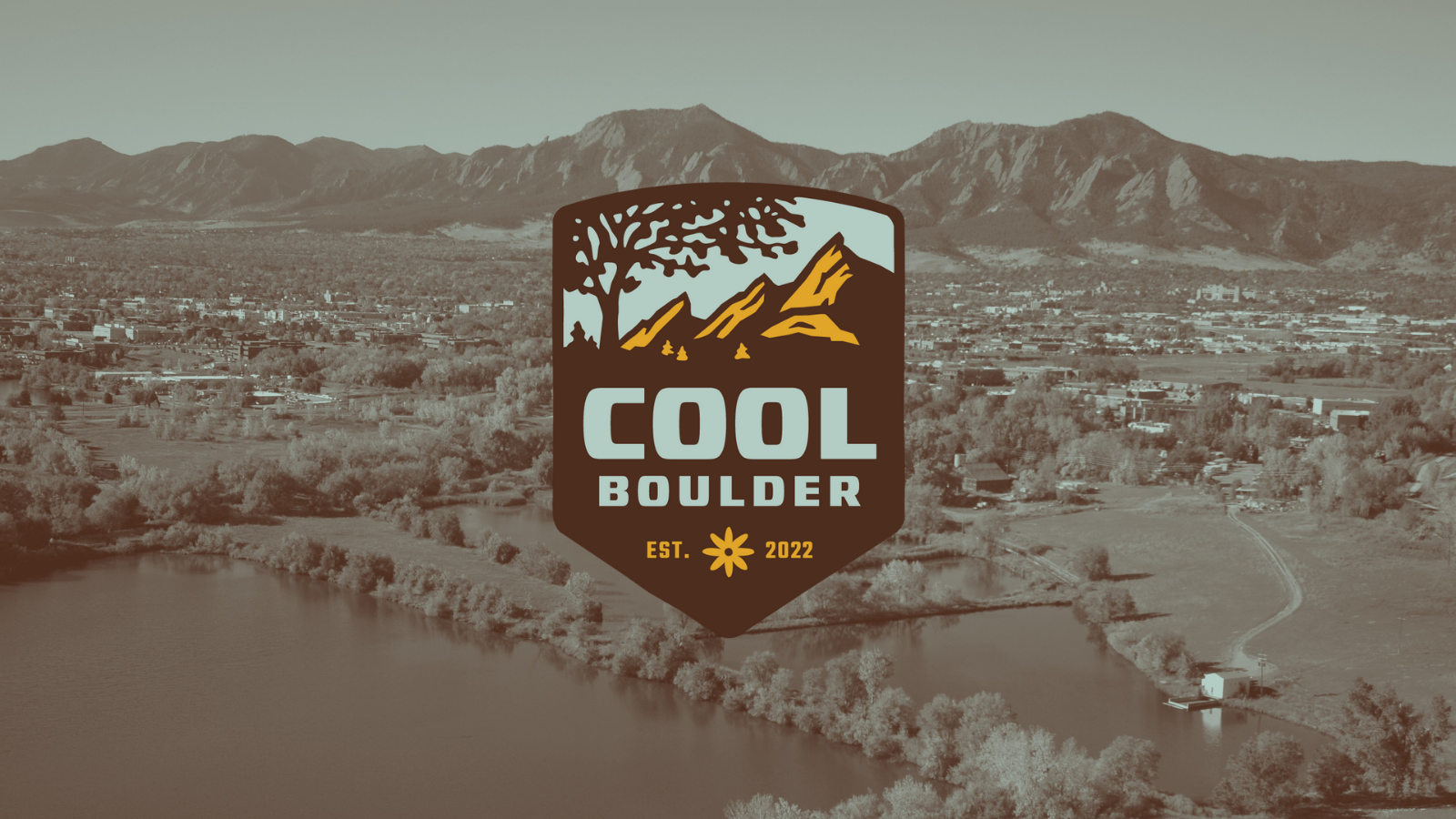Why do Nature-Based Climate Solutions Matter?
Addressing the Causes of Climate Change
One of the main causes of climate change is land degradation. By clear-cutting forests, destroying grassland ecosystems and draining wetlands, humans have disturbed natural systems. These practices have released millions of tons of carbon into the atmosphere and driven global warming.
By reversing these practices, we can actually use the natural world to absorb carbon and slow climate change.
Protecting Boulder from the Impacts of Climate Change
Nature-based climate solutions not only reduce emissions, they also make Boulder more livable. In the face of a warming climate, improved land practices can protect Boulder from excessive heat.
For example, planting more trees helps our community in several ways:
- Trees absorb carbon in their cells, reducing emissions.
- Tree shade cools the area around it.
- Trees change water from liquid to gas, increasing local humidity and cooling the area around it.
- The water vapor that trees create eventually becomes rain.
Nature-based climate solutions tap into nature's ability to absorb carbon and stabilize climate extremes.
